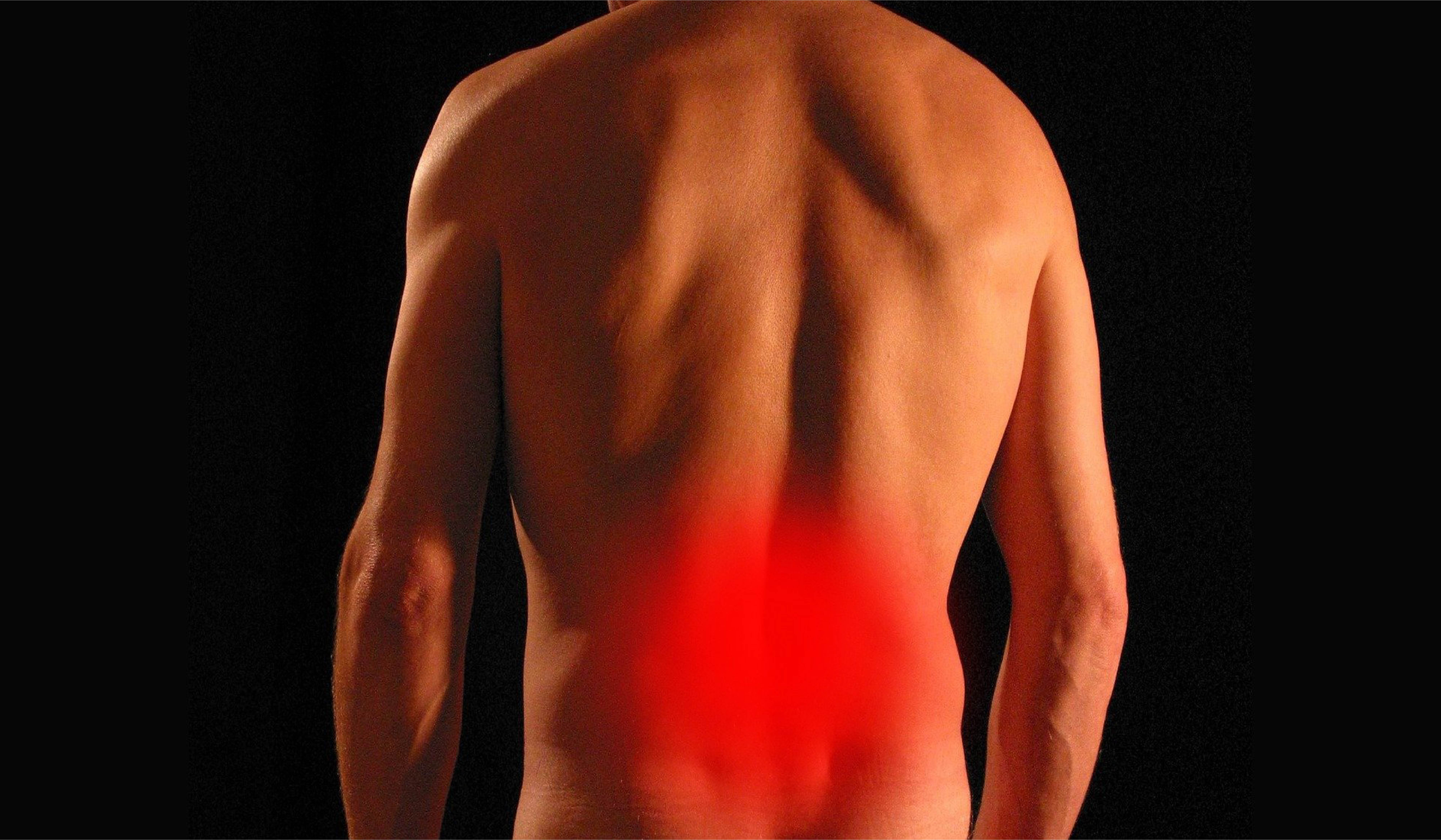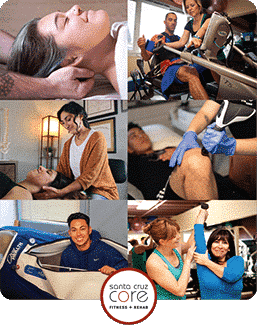Unresolved pain affects a person’s overall health, whether it be physical, mental, or spiritual.
 People suffering from chronic pain are more likely to become overweight, depressed, or non-functional. Over time, the detrimental effects of pain can take away from independence and leave a person in need of assistance for performing basic tasks such as going to the bathroom
People suffering from chronic pain are more likely to become overweight, depressed, or non-functional. Over time, the detrimental effects of pain can take away from independence and leave a person in need of assistance for performing basic tasks such as going to the bathroom
Many individuals living with chronic pain have made their peace with it. After trying countless techniques and doctors to alleviate the pain, it gets hard to believe that there is a cure out there. But living with chronic pain, whether a result of trauma or disease, doesn’t mean one should be restricted by it. Exercise, for example, alleviates many chronic pain symptoms and promotes independence.
Causes of Chronic Pain:
Chronic pain can result from a variety of sources because pain is a very common symptom. Musculoskeletal injuries and diseases, however, are a major source of chronic pain and these can happen anywhere.
Injuries can arise from repetitive work, for example, such as sitting on a desk for long periods of time while maintaining an awkward posture. Sedentary and active lifestyles alike are at some risk for pain, as the lack of movement and too much movement can both lead to musculoskeletal problems. Common causes of chronic pain include:
- Fibromyalgia
- Arthritis (Osteoarthritis & Rheumatoid Arthritis)
- Surgery
- Circulation Problems
- Musculoskeletal Injuries (tendon and ligament damage)
- Sprains and Strains
- Trauma
- Underlying Disease (such as HIV or Cancer)
- Being overweight or obese
Curable Chronic Pain:
Pains that result from unresolved injuries, typically of soft tissue structures like tendons and ligaments, are resolvable by treating the injury. Soft tissue injuries are hard to diagnose and are therefore a common cause for unresolved pain. Radiographic imaging does not typically diagnose these types of injuries. Therefore, they often correlate to an individual’s pain and physical exam. If diagnosed, soft tissue injuries may be treated with prolotherapy techniques, which are injection-based regenerative treatments.
Prolotherapy may also alleviate pains pertaining to joint damage such as osteoarthritis. This technique involves the injection of regenerating substances, such as PRP (platelet-rich plasma) and stem cells, that repair soft tissue injuries.
Incurable Chronic Pain:
Pain is complex and may persist long after the initial injury has healed. This is largely due to sensitization of pain receptors and of pain processing in the brain. When a specific pain persists, sensitization can occur at different nerve system levels.
Lesser stimuli often trigger and sensitize pain receptors (nociceptors). Modulation of pain at the spinal cord level may also change over time in response to repeated pain signals, triggering for danger (1). Lastly, patterns in brain activity which determine pain perception may be learned and repeated, thus signaling for pain.
How Exercise Controls Pain:
Exercise brings many benefits to the individual with chronic pain. It helps with coordination, muscle strength, and range of motion- all necessary for independence. It also controls body weight which may contribute to mechanical stresses on joints throughout the body. Exercise is known to trigger the release of neurotransmitters that alleviate pain including endorphins, endocannabinoids, and norepinephrine (2).
While exercise may not be the most comfortable when you are in pain, it does help individuals stay active. Inactivity is detrimental to overall health and may also contribute to pain. Individuals suffering from chronic pain are more likely to be depressed, for example, and avoid both physical and social activities.
Physical therapy, physiotherapy, and corrective exercise may all benefit an individual with chronic pain stay active and improve the overall quality of life. Furthermore, these exercise programs often cater to an individual’s specific needs and restrictions.
For more information on guided exercise programs and how these can help you cope with chronic pain or regenerative treatments visit Santa Cruz CORE. You can visit our website for more information on the services we offer and how these can help you be healthy.
References:
Gleason, Jill. “The Evidence for Physical Therapy to Address Chronic Pain.” Uctv.tv, University of California Television, 2 Feb. 2012, www.uctv.tv/shows/The-Evidence-for-Physical-Therapy-to-Address-Chronic-Pain-23152.
Pertovaara, Antti. “Noradrenergic Pain Modulation.” Sciencedirect.com, Elsevier: Progress in Neurobiology, 9 Oct. 2006, www.sciencedirect.com/science/article/pii/S0301008206001067.








